A solid-state drive (SSD) is a hard drive with NO mechanical components. They are not only faster than your traditional hard disk drives, but they are also slimmer. If you are unaware of what an SSD is, then the first question you may ask is, what does SSD look like?
Well, the answer to that question depends upon what type of SSD you have. There are three popular types of SSDs, i.e., 2.5″ SATA SSD, M.2 SATA SSD, and M.2 NVMe SSD. A 2.5″ SATA SSD resembles a laptop’s 2.5″ hard disk drive. An M.2 NVME or SATA SSD has the M.2 form factor, which is a stick-like shape.
So, in other words, the three popular SSD types use the 2.5″ or the M.2 form factor.
In the following article, I will discuss an SSD, its dimensions and sizes, and where to find one.
TABLE OF CONTENTS
So What Does SSD Look Like?
The shape and the dimensions of an SSD depend upon what type of SSD it is.
As far as the commercial SSDs go, there are two types of SSDs:
- 2.5″ SSDs
- M.2 SSDs
I will explain each of these below.
2.5″ SSDs – They Use the SATA Interface
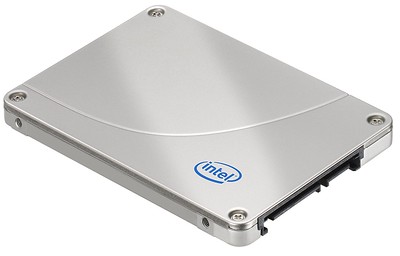
2.5″ SSDs are perhaps the largest SSDs you can find for commercial. They are not necessarily the fastest, though.
A 2.5″ SSD has the same form factor as the 2.5″ Hard Disk Drive found in laptops.
The 2.5″ size gets its dimensions from the 2.5″ diameter circular storage plates in the laptop’s hard disk drive.
While an SSD does not use mechanical storage plates, the size standard has been kept the same so that it can be installed easily in the existing 2.5″ drive bays on laptops and desktops.
The actual square dimensions of the 2.5″ SSD are about 3.94 x 2.76 x 0.27 inches (LxWxH).
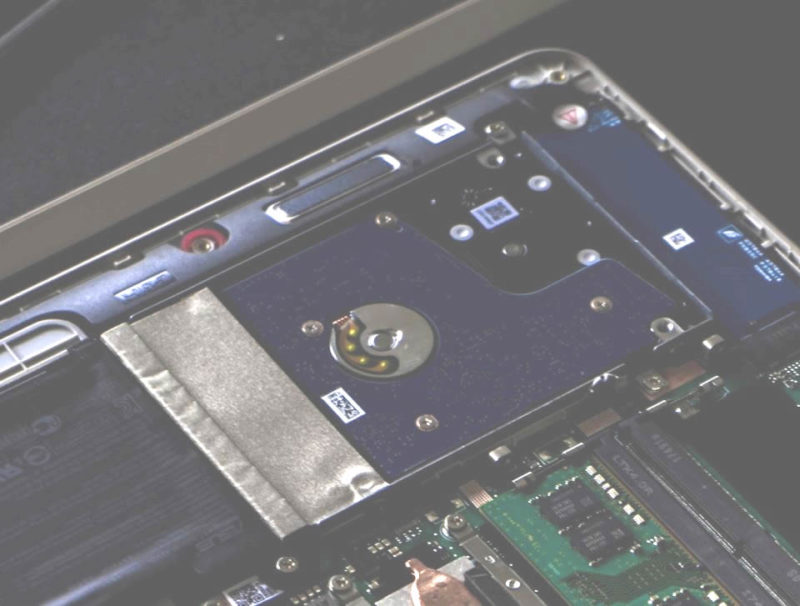
2.5″ SSDs use the SATA interface. Hence, they are formally known as 2.5″ SATA SSDs.
SATA is one of the two interfaces hard drives use to connect to the PC (the other one being PCIe).
A SATA SSD is about 2-3 times faster than a typical hard disk drive (HDD). The best HDDs can achieve 200 MB/s at max and rarely reach this performance level.
A SATA SSD has sustained speeds of about 550 MB/s.
2.5″ SATA SSDs Installation in Desktops
2.5″ SATA SSDs require a 2.5″ drive bay in the desktop’s PC cay to be fastened.
A typical desktop hard drive is NOT 2.5″ but a 3.5″ hard drive instead. As such, sometimes PC cases DO NOT have 2.5″ drive bays.
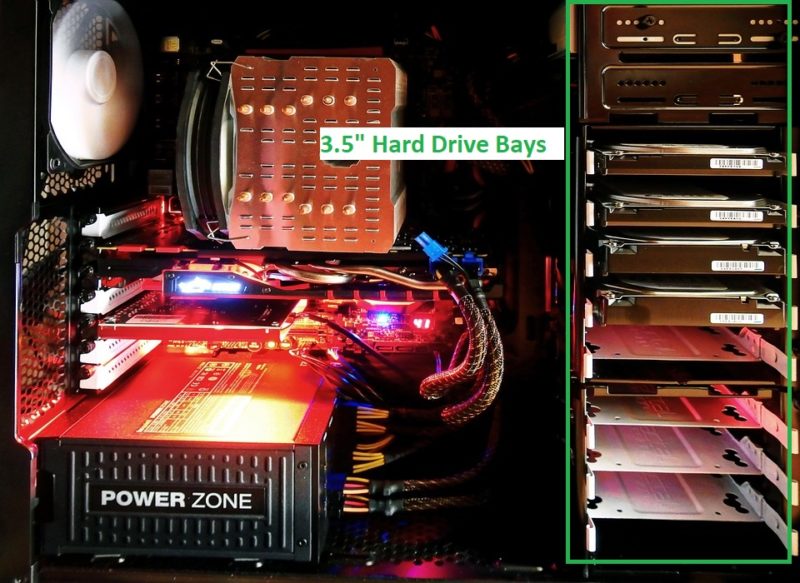
If you do not have 2.5″ drive bays in your PC case, you would need an adapter like the one shown below to convert a 3.5″ drive bay into a 2.5 drive bay.
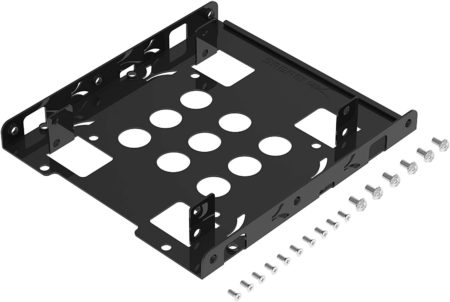
Also Read: Can You Use a Laptop Hard Drive on a Desktop?
2.5″ SATA SSD Have Connectors on the Back
Another visible feature of 2.5″ SATA SSDs is their connectors for the SATA DATA cable and SATA power cable on the back.
As such, a SATA SSD requires to be powered separately. The power connector comes from the Power Supply Unit, whereas the data connector is connected via a SATA data cable.
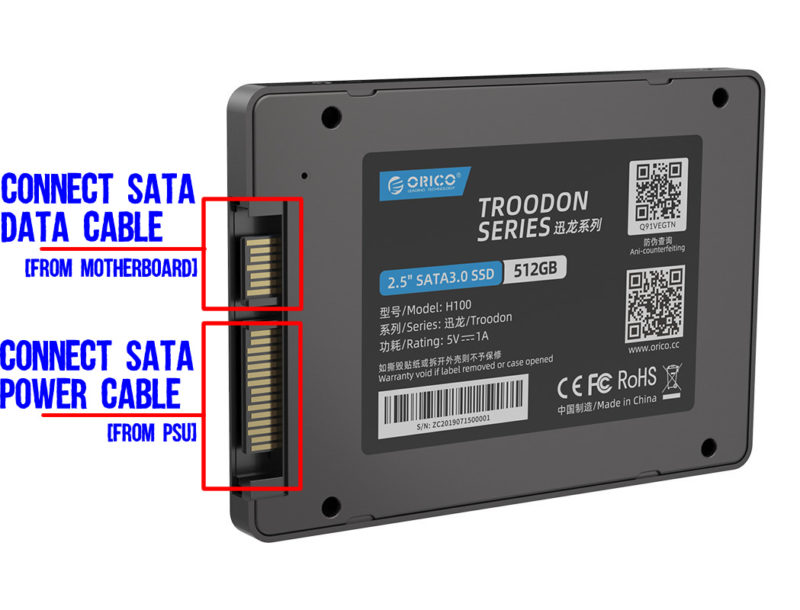
So put, as far as the question of what SSD looks like for a SATA 2.5″ drive goes, it is similar to a 2.5″ HDD on a laptop.
Also Read: Does SSD Need Power?
M.2 SSDs – PCIe and SATA M.2 SSD
The second popular form factor used by SSDs is the M.2 form factor.
SSDs using this form factor look like slim sticks and come in various sizes.
Interestingly, M.2 SSDs can be found using either SATA or PCIe interface.
Below is an M.2 SATA SSD:

Here is an M.2 PCIe SSD, aka NVMe SSD:

They look identical EXCEPT for their connectors. The connectors on an M.2 SATA differ from that of an M.2 PCIe NVMe SSD.
The connectors on an M.2 SSDs are also known as KEY, and they can help you identify what interface the SSD uses.
Keys on an M.2 SSD
The keys refer to the notches that you see on the connector. The location of the gaps has a massive implication on what type of SSD you have in hand.
There are three KEY arrangements for M.2 SSDs, with the “M” being the most popular, “B+M” being somewhat popular, and the “B” key almost phased out.
| Key | Remarks | Notch Location |
| M | – Most popular – Offers 4 PCIe lanes – Used by PCIe NMVe SSD these days. | A notch on the right side of the stick when looking from the top. |
| B+M | – Somewhat popular – Used by the SATA M.2 SSDs. | A notch on both sides of the stick. |
| B | – More or less phased out – Offers 2 PCIe lanes; not ideal for NVMe SSD as they require 4 PCIe lanes. | A notch on the left side of the stick when looking from the top. |
You need to understand the two common key types are the M and B+M Keys.
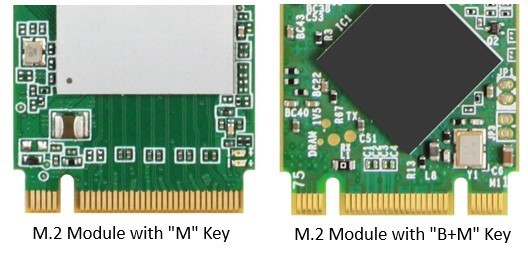
It would be best to have the corresponding M.2 slot on the motherboard to accommodate the relevant SSDs.
You cannot plug a “B+M” key SSD in an “M” Key M.2 slot on the motherboard.
You CAN, however, install an “M” Key SSD on a “B+M” Key M.2 slot on the motherboard. However, an “M” Key SSD will perform less if installed in a “B+M” slot.
Sizes of M.2 SSDs
This brings us to the final critical point to identify what SSD looks like.
M.2 SSDs come in various sizes, and in the spec sheet, their size is identified through a number such as:
- 2230
- 2242
- 2260
- 2280
- 22110
This number identifies the physical size of the M.2 SSD stick.
The first two numbers, “22,” identify with the stick’s width in mm, so 22 = 22mm.
The following 2-3 numbers identify the stick’s LENGTH in mm. Therefore, a bar with the size spec of 2230 has a length of 30 mm. A post with the size spec of 22110 has a distance of 110 mm.
Therefore, a typical M.2 slot on a motherboard has several holes at different length intervals. These holes are for screwing in the M.2 SSD.

Also Read: How Many M.2 Slots Do Motherboards Have?
Other Types of SSDs
The following SSDs are shown only for educational purposes. If you are an average customer building a PC, you DO NOT need to worry about these.
Legacy mSATA SSD
You may have also heard of mSATA SSDs. These have now been phased out and are obsolete, but a few years back, they were used in portable devices.
These SSDs had a special connector and a port.
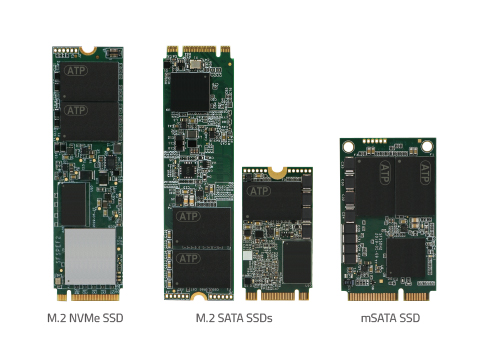
Enterprise and Workstation Grade U.2 SSDs
Enterprise and workstation-grade solutions may use specialized SSDs that use the U.2 form factor.
These are the fastest type of storage you can find, but they are costly.
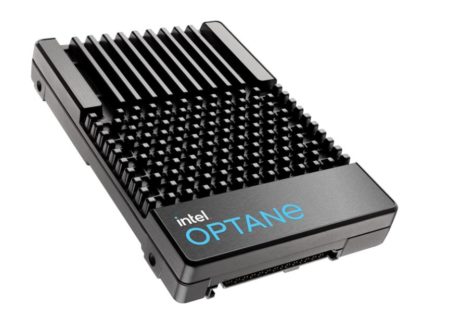
Also Read: Does SSD Improve Gaming Performance?
Final Words
In the article above, I talked comprehensively about what SSD look like. But let me tell you here that it is essential to identify what kind of SSD you have.
Just because the desktop or the laptop you intend to buy has “an SSD” in its description does not tell you how fast it will perform.
For instance, an NVMe M.2 SSD is countless times faster than a SATA SSD. While a PCIe 3.0 has a transfer speed of about 3500 MB/s, a SATA SSD (both M.2 and 2.5″) can achieve speeds of only 550 MB/s.
I have equipped you with enough knowledge to identify what SSD you have by looking physically and through its size, form factor, key, etc.
Frequently Asked Questions
1. How do I identify if my system has an SSD or a traditional hard drive installed?
To identify if your system has an SSD or a traditional hard drive installed, you can go to the system’s storage settings or check the device manager. In the storage settings, you can see the type of drive installed along with the total storage capacity. In the device manager, you can expand the ‘Disk drives’ category to see the list of drives installed on your system.
2. What are the common types of SSD form factors available in the market?
The common types of SSD form factors available in the market include 2.5-inch, M.2, and PCIe. The 2.5-inch form factor is similar in size to traditional laptop hard drives and is commonly used in laptops and desktops. M.2 form factor is smaller in size and is typically used in ultra-thin laptops, tablets, and other small form factor devices. PCIe form factor is used in high-performance systems and provides faster data transfer rates.
3. How does an SSD differ from an HDD in terms of physical appearance?
An SSD is typically smaller and thinner than an HDD. It usually has a rectangular shape with no moving parts and is enclosed in a metal or plastic casing. The size of an SSD is commonly 2.5 inches, although smaller and larger sizes are also available.
4. How can I identify an SSD from an HDD without opening my computer?
You can check your computer’s storage properties in the operating system’s settings to identify if it has an SSD or an HDD. Alternatively, you can use software tools such as CrystalDiskInfo, which can detect the type of drive in your computer and provide detailed information about it. Additionally, you can check the product specifications or manual of your computer to determine if it has an SSD or an HDD.
